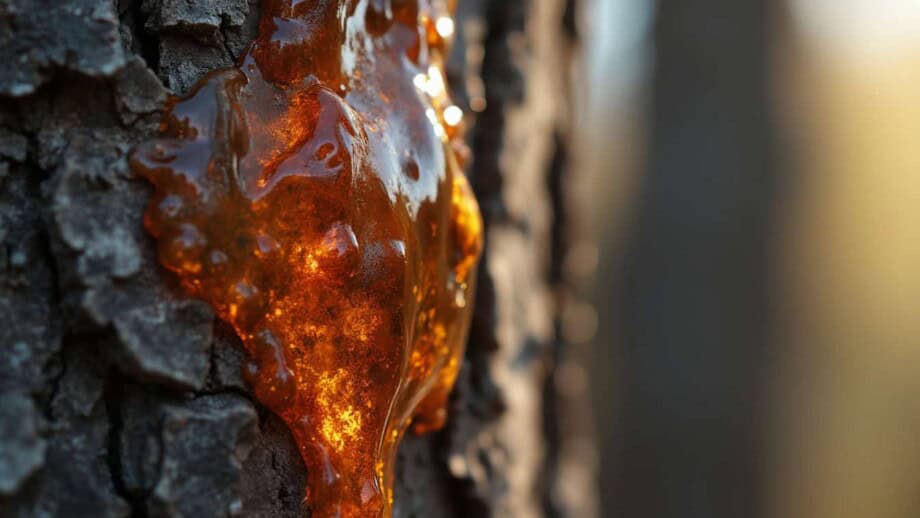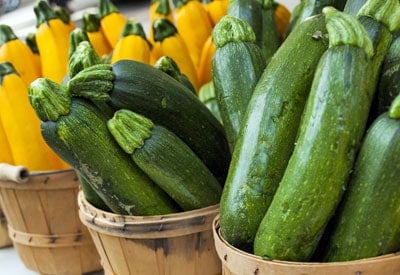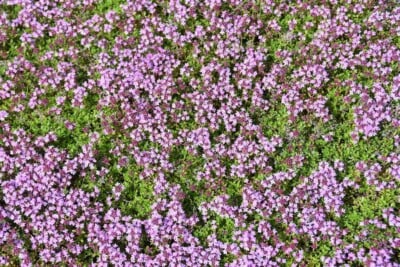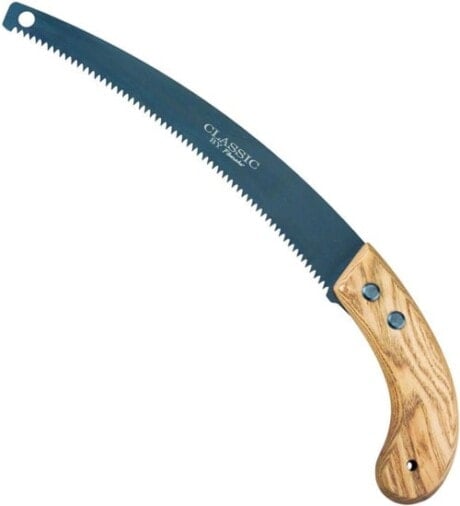Bacterial Canker
Learn how to identify and get rid of bacterial canker using time-tested, organic and natural techniques.

Widely distributed throughout the United States, bacterial canker is most common on cherries and plums, but may also affect apricots, peaches and many other kinds of stone fruits. Suspect this plant disease if sunken, water-soaked or “gummy” lesions form on the trunk or twigs. When trees begin active growth in the spring, a sour smelling sap may ooze from these wounded areas. The cankers become darker than the surrounding healthy bark, and the underlying tissue is reddish-brown to black and moist.
Note: If cankers girdle the branches or trunk, the leaves above the diseased area curl and turn yellow. Growth stops and the branch or tree will eventually die.
The bacterium that causes canker, Pseudomonas syringae, enters trees through injured bark or an existing wound, such as a pruning cut on a twig or branch. Frost damage in the spring may promote additional infections. Bacterial canker infections occur during fall, winter and early spring (during cool, wet weather) and are spread by rain or water, and pruning tools. The bacteria overwinter in active cankers, in infected buds and on the surface of infected and healthy trees and weeds.
Treatment
- Prune flowering trees during blooming when wounds heal fastest.
- Remove wilted or dead limbs well below infected areas.
- Avoid pruning in early spring and fall when bacteria are most active.
- Treat all pruning cuts immediately with Tanglefoot® Tree Pruning Sealer and make sure to disinfect your pruning equipment — one part bleach to 4 parts water — after each cut.
- If using string trimmers around the base of trees avoid damaging bark with breathable Tree Wrap to prevent infection.
- Brush bark with white latex paint diluted with water to reduce bark-damaging temperature fluctuations.
- Research has shown that copper fungicides have some success against this stone fruit problem. However, results are inconsistent. We recommend using it as one part of a total management program.
- Remove weeds and grass from around the base of young trees to improve air circulation and keep the trunk and crown dry.
- Organocide® Plant Doctor is an earth-friendly systemic fungicide that works its way through the entire plant to combat a large number of diseases on ornamentals, turf, fruit and more. Mix 1/3 to 3/4 oz per gallon of water and paint or spray over pruning wounds and surrounding areas.













